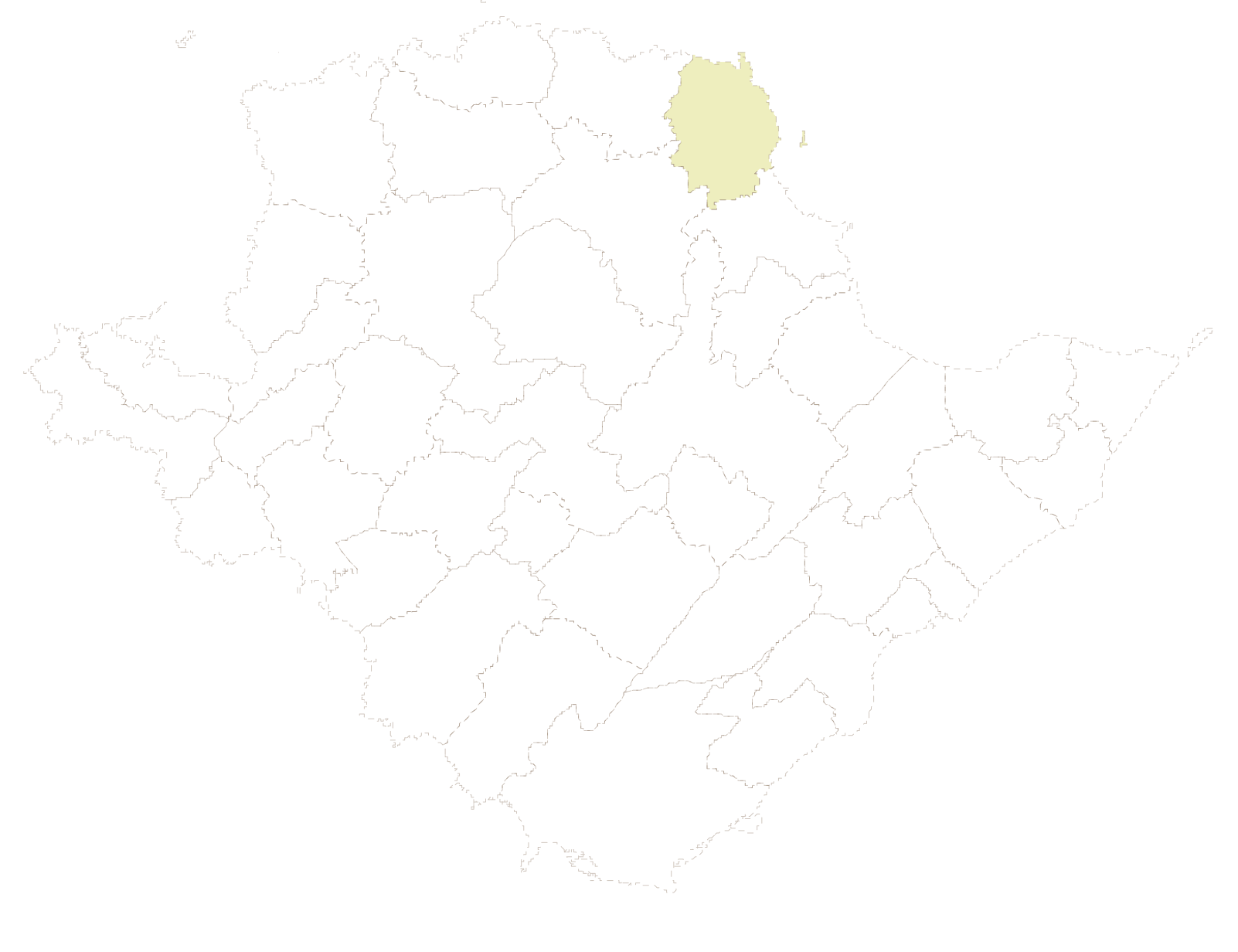| Llaneuddog | |
|---|---|
 | |
Location within Anglesey | |
| OS grid reference | SH 4665 8814 |
| • Cardiff | 138.8 mi (223.4 km) |
| • London | 217.8 mi (350.5 km) |
| Community | |
| Principal area | |
| Country | Wales |
| Sovereign state | United Kingdom |
| Post town | Dulas |
| Police | North Wales |
| Fire | North Wales |
| Ambulance | Welsh |
| UK Parliament | |
| Senedd Cymru – Welsh Parliament | |
Llaneuddog is a hamlet in the community of Llaneilian, Anglesey, Wales. It lies along the A5025 road, between Brynrefail and Penysarn, near Dulas. [1] It belonged to the historical parish of Llanwenllwyfo, [2] now part of Llaneilian. [3] The hamlet takes its name from an ancient chapel to St Euddog which was in the vicinity of the A5025. [4] It was recorded in 1920 as having the stones re-used in farm buildings, and the water stoup used as a pig trough at nearby Lligwy. The presumed site is a small enclosure with a crescent-shaped bank thought to be the churchyard boundary. [5]
One of the prominent buildings near the Llaneuddog crossroads is Sardis Baptist Chapel. First built in 1834, it was rebuilt in 1905 [6] at the height of the 1904–1905 Welsh revival.
The 1919 Memoirs of the Geological Survey of England & Wales suggests that in the early part of the 20th century there was a brickworks in the area. [7]



